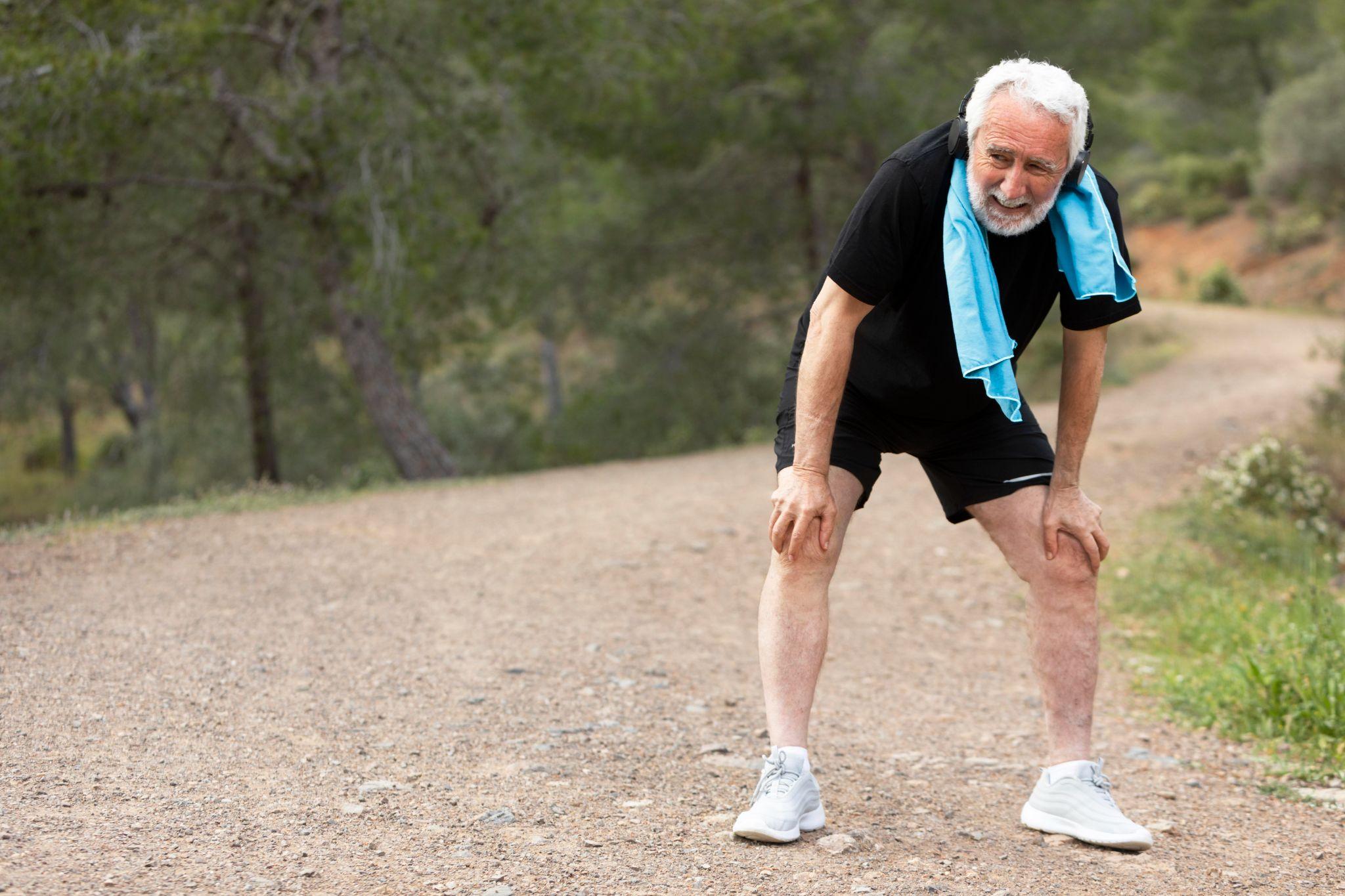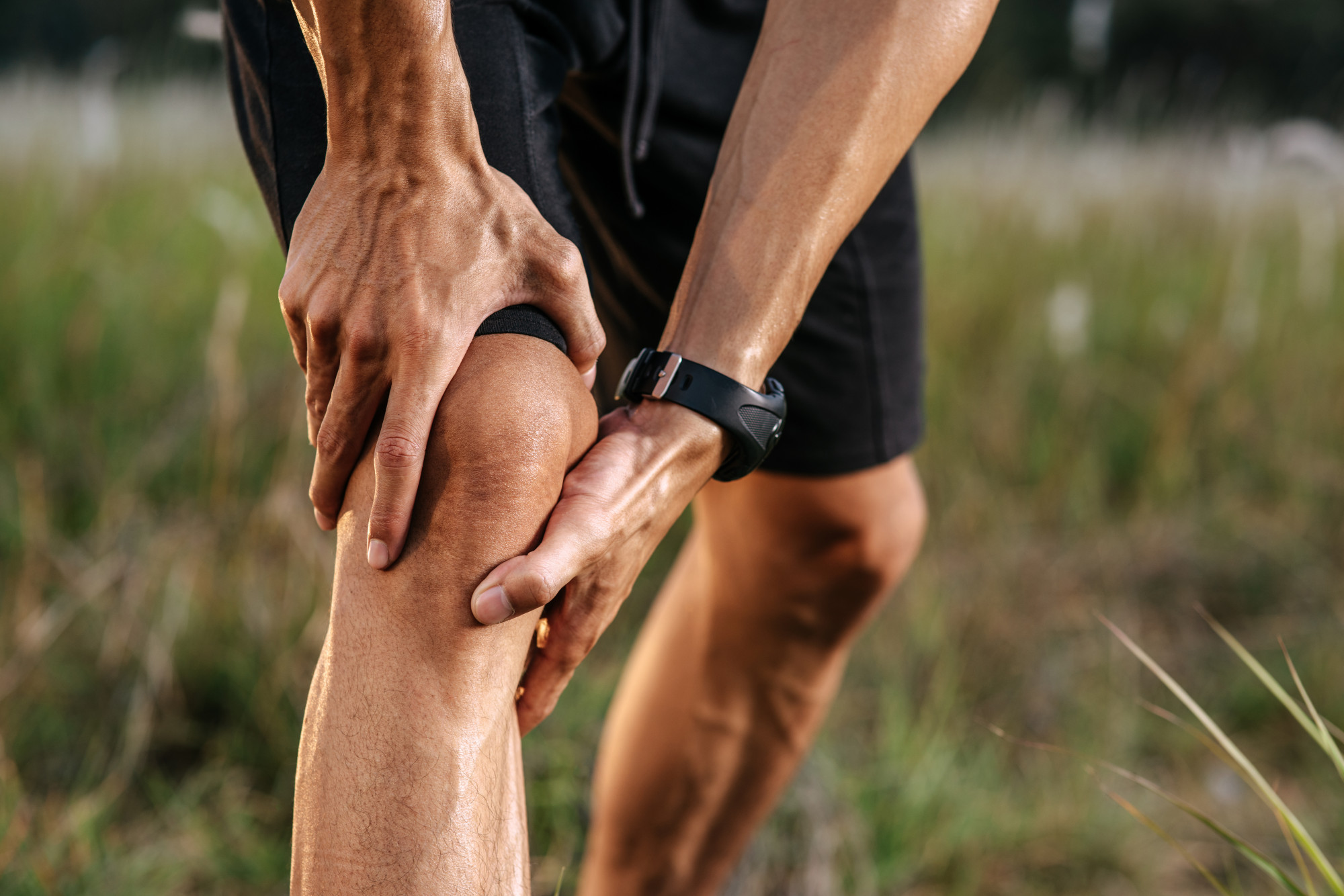ACL and Meniscus Injury Management: Non-Surgical vs Surgical Approaches

ACL and meniscus injuries often happen at the same time, especially in sports injuries. Younger people tend to recover faster than older people.
Knee injuries are some of the most frequent musculoskeletal problems, particularly for athletes, dancers, and active young adults. Two of the most commonly injured parts of the knee are the ACL (Anterior Cruciate Ligament) and the meniscus. These injuries can be excruciating physically, mentally, and emotionally.
If you have just injured your knee, you might be confused about the choices and what to do. Should I have surgery immediately? Can physical therapy help? Will my knee ever be the same again?
These are all practical and typical questions. The reality is, there is no one-size-fits-all solution. Each injury and each body is unique. This blog will walk you through the essential distinctions between surgical and non-surgical care for ACL and meniscus injuries so you can make a more informed, self-assured decision about what's best for you.
ACL Tear: What Happens and Why?
The Anterior Cruciate Ligament (ACL) is also a major ligament that stabilizes your knee. It is a ligament that joins the thigh bone (femur) to the shin bone (tibia) and inhibits the forward movement of the knee.
Some of the most common reasons for ACL tears are:
- Sudden rotation of the knee while playing sports such as basketball or football
- Sudden halting or switching of direction while running
- Awkward landing after a jump
Most of the time, individuals describe hearing or sensing a "pop" at the time of the injury. This is followed by quick swelling, severe pain, and a feeling of instability, such that the knee feels like it could give way.

Knee Injury can be excruciating and unbearable. There can be minor injuries from twisting or sudden jumps while playing a sport.
Meniscus Tear: When the Knee's Shock Absorber Fails
The meniscus is a C-shaped cartilage piece in the knee that serves as a shock absorber between the femur and tibia. There are two menisci in each knee: medial (inner) and lateral (outer).
Meniscus tears have two significant methods:
Acute injuries, like twisting or sudden pivoting while playing sports
ACL and Meniscus Injuries can sometimes happen together
It is not common for ACL and meniscus injuries to happen at the same time, especially in sports injuries. When one structure of the knee is injured, it can put extra strain or tension on the other part as well, increasing the risk of both injuries happening together.
This is why an accurate diagnosis early is important. Physicians usually base their diagnosis on a combination of:
- MRI scans
- Clinical physical examinations
- Patient history
This helps them to figure out the extent of the damage and what form of treatment, either surgery or conservative care, will be required.
Factors That Affect Decisions on ACL and Meniscus Treatment
The decision to go for the surgery or not depends on some personal and health considerations.
Age and Health: Active, younger people generally recover faster after surgery, while older people or those with health problems can recover better with conservative treatment.
Activity Level: Athletes who want to pursue high-impact sports usually require surgery, but if they wish to maintain general daily mobility and comfort, physical therapy can help.
Severity of Tears: Partial tears can fare well with rehab. Complete ACL or significant meniscus tears generally necessitate surgery for complete recovery.
Combined Injuries: Double ACL and meniscus tears typically require surgical intervention for stable, long-term function.
Patient Commitment: Non-surgical rehabilitation requires disciplined physiotherapy and lifestyle adjustments. Inability to commit can delay or restrict outcomes.
Expert Consultation: Always seek consultation with an orthopedic expert to select the optimum treatment considering your age, type of injury, and objectives.
Non-Surgical Treatment Alternatives for ACL and Meniscus Injury
For most people, particularly older people, those with partial tears, or those with minimal activity requirements, nonoperative care may bring adequate relief and restore function. These treatments aim to strengthen the knee, manage pain, and avoid further injury.
Physical Therapy: The First Line of Defense
Physical therapy is the foundation of nonoperative therapy for ACL and meniscus injury. A formal rehab program also strengthens the quads, hamstrings, and glutes that stabilize the knee, increasing balance, flexibility, and coordination. Patients generally require 3-6 months of weekly sessions. PT is most beneficial for partial ACL tears or minor meniscus injuries in less competitive patients.
Knee Bracing and Lifestyle Adjustments
Knee bracing provides additional stability while walking or with light activity, especially when the ACL is compromised. Along with lifestyle adjustments such as avoiding twisting, abrupt stops, or high-impact sports, bracing can be used to treat symptoms and avoid further injury. This non-operative method is ideal for individuals who want to remain active without surgery.
Pain and Swelling Management
Inflammation control is very important in the initial phase of injury. The R.I.C.E. principle Rest, Ice, Compression, Elevation) continues to be very effective. Anti-inflammatory drugs such as ibuprofen serve to minimize swelling and pain. In degenerative meniscus tears, corticosteroid injections can be a useful short-term measure, enhancing comfort when using physical therapy.

While jogging, a person can twist or unintentionally bend their knee, which can cause a knee injury.
Surgical Treatment Options for ACL and Meniscus Injuries
Surgery is needed if your knee is not stable or when you want to return to sports or high-impact activities.
ACL Reconstruction
It replaces the damaged ACL with a tendon graft, either donor or from your body. It makes your knee stable and avoids further injury. Rehab is 6-12 months, and most patients resume their prior activity level with successful therapy.
Meniscus Surgery
Meniscus tears are treated with trimming (meniscectomy) or suturing (repair). Meniscectomy provides a quicker return to activity, whereas repair maintains joint function but requires more healing. Active and younger patients usually gain more from repair.
Combined ACL and Meniscus Surgery
Both conditions are usually addressed together in a single procedure. While recovery is more challenging, it allows for complete knee function and facilitates a return to sport.
How to Choose: Non-Surgical vs. Surgical
Weighing between non-surgical and surgical management is based on your goals, level of injury, and lifestyle.
Select Surgery if you are an athlete, have a total ACL tear or unstable meniscal injury, or have frequent knee instability. It provides greater long-term stability for active people.
Go Non-Surgical if you're older, less active, or have a partial tear or degenerative meniscus problem. It's a lower-cost, safer alternative, especially if you're willing to stick to regular physical therapy and lifestyle modifications.
Discuss the decision with your orthopedic expert to arrive at the best solution for your situation.
Conclusion
When it comes to treating ACL and meniscus injuries, both surgical and nonsurgical options can work. It's entirely up to your age, activity level, objectives, and lifestyle. Do not decide in a hurry; get a second opinion if necessary, and prioritize long-term joint health over quick solutions. Healing is a process that takes time, discipline, and support, and it's every bit as much an emotional process as it is a physical one. Trust your body, rely on your medical team, and be gentle with yourself through it all. After all, your knees carry you through life and pave the way for you to move forward with strength and confidence.